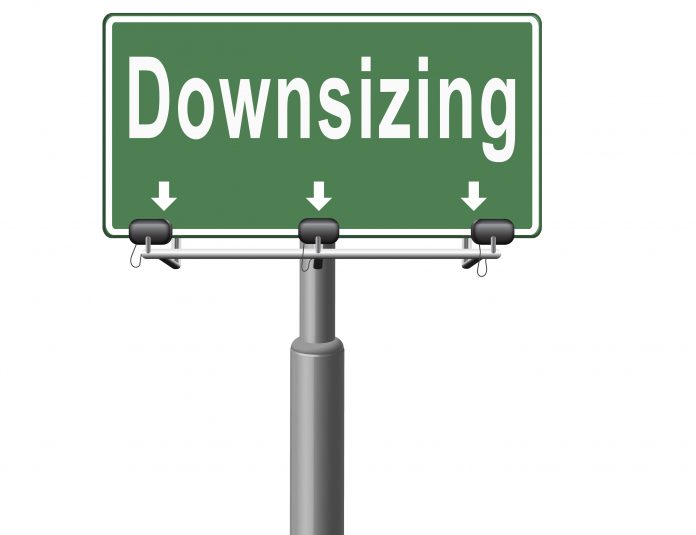The most common mistake people make when downsizing to a home, apartment or retirement residence is to make a decision on emotion and not on two main considerations:
1. What can they afford.
2. What is the lifestyle that would work for them
What is Affordable?
Talk with a financial planner you trust or one who comes recommended to you. They can look at the present and projected sources of income and “Crunch the Numbers” for you. Do not take into consideration a future inheritance. Do look at projected financial commitments as well as health and life expectancy considerations. The “Planner” should be able to give you a realistic figure of what you can and what you cannot afford.
What Lifestyle Will Work for You?
Take a piece of paper and write down what you would like to do with your time. If there are two people, use two pieces of paper. Look at the lists. Then number them according to your priorities. A couple should look at priorities common to both lists.
Some questions to get you started:
Do you want to entertain? If so how? Dinner? Coffee? Cards?
Do you want the peace and quiet of the country?
Do you want or need to be near children or grandchildren?
Do you need to be near a hospital or doctor?
Do you want a pet to live with you?
Sometimes we also write down the things we really DON’T want .
Examples :
I don’t want to be on a busy street. (Judy)
I don’t want a challenging parking spot in an underground garage. (Judy)
I don’t want to be dependent on an elevator to get to my suite. (Doug)
I don’t want to live in a “noisy” building with poor soundproofing. (Doug)
One thing we have noticed with many clients is that their large furniture often does not fit in their smaller living space. Some people rush out and purchase or order lots of new furniture and discover that they really don’t like it once it is in their new place. We suggest shopping around, seeing what is out there but limiting purchases until you are actually in your new home. Yes, you might need to go ahead and buy a new bed or sofa or love seat but the end tables might be too big, or too dark or too light. So, get what is essential but limit the non essentials until you can actually see what will work. We say this because so many of the clients we have had over the years have been disappointed with some of the premature purchases they have made.



























